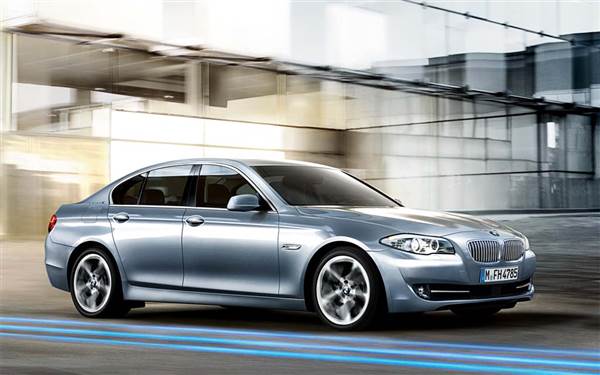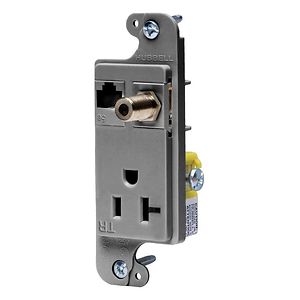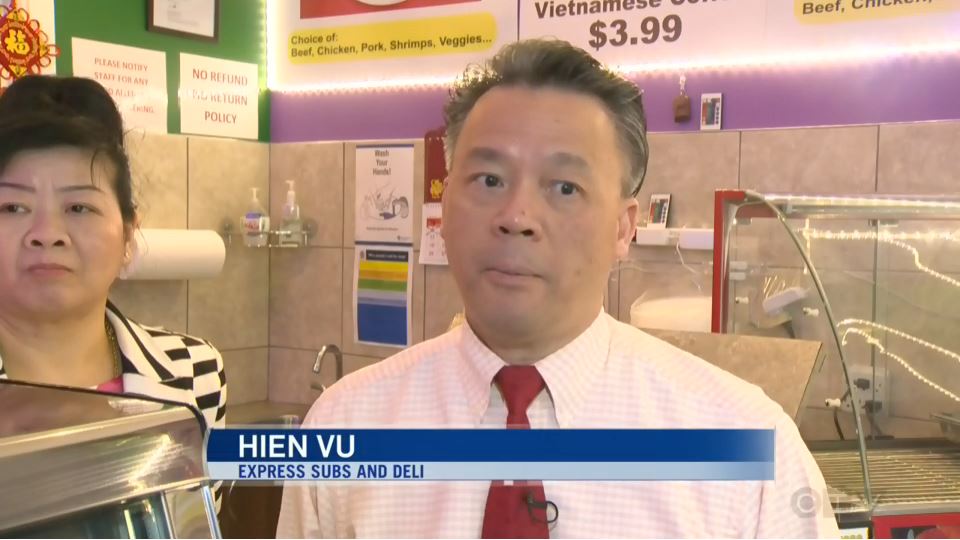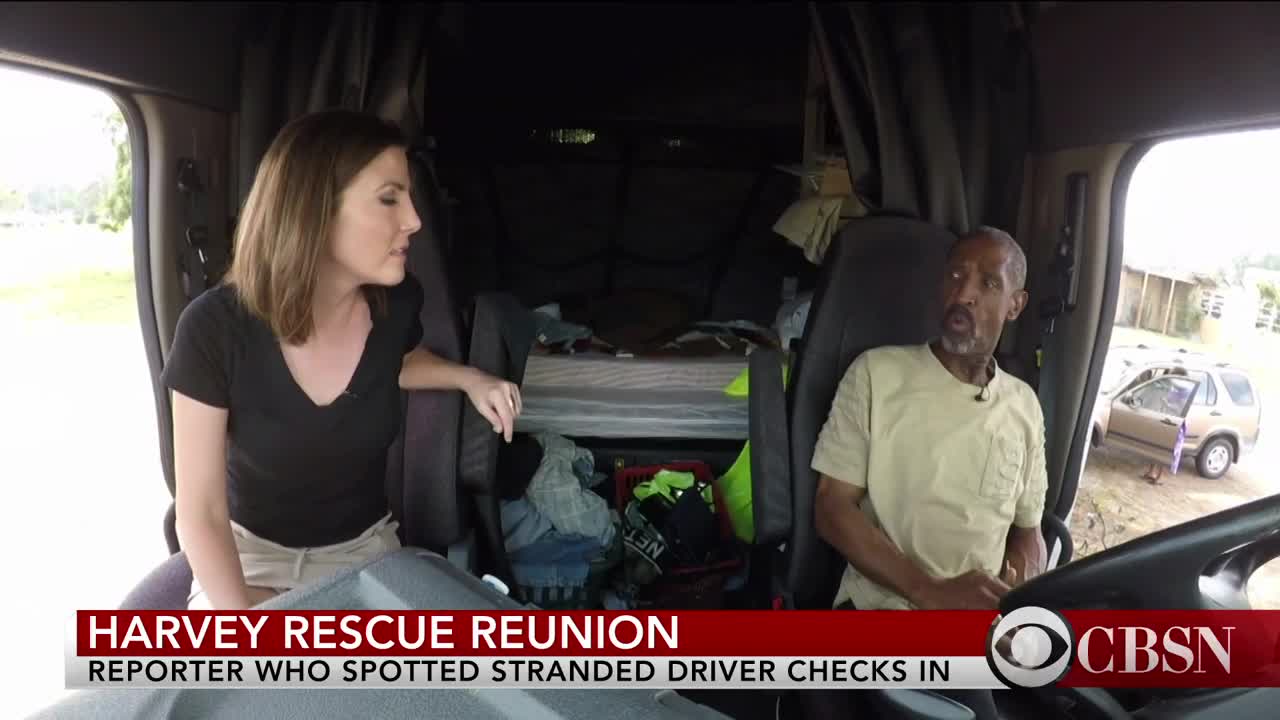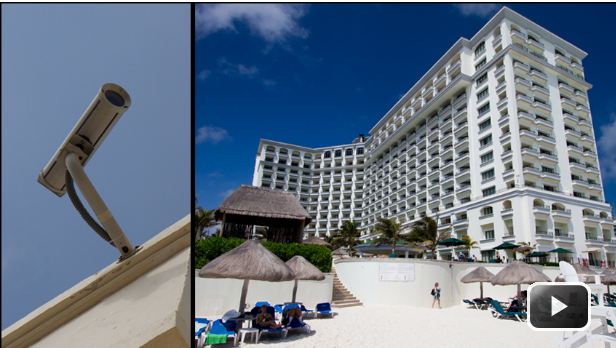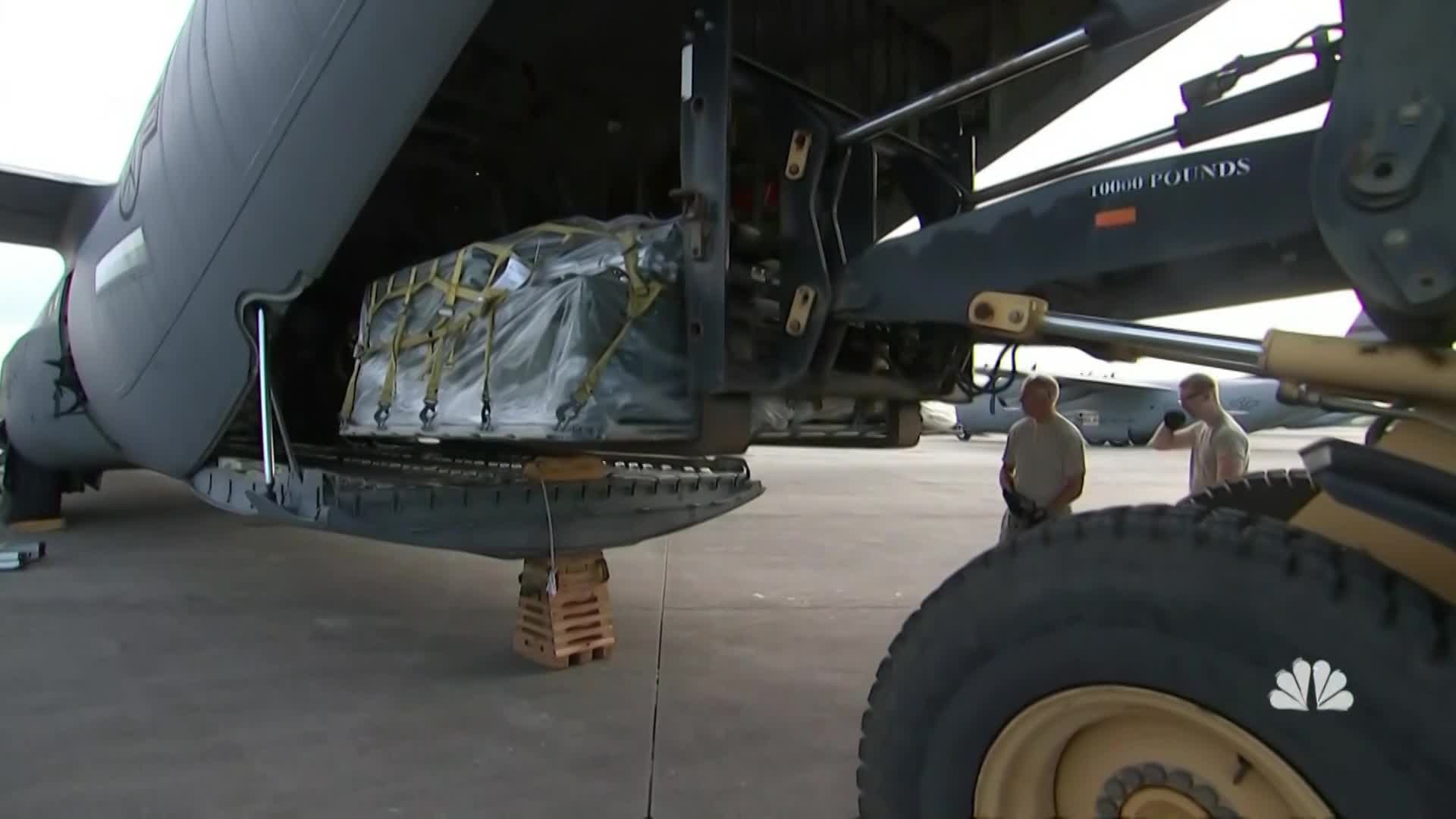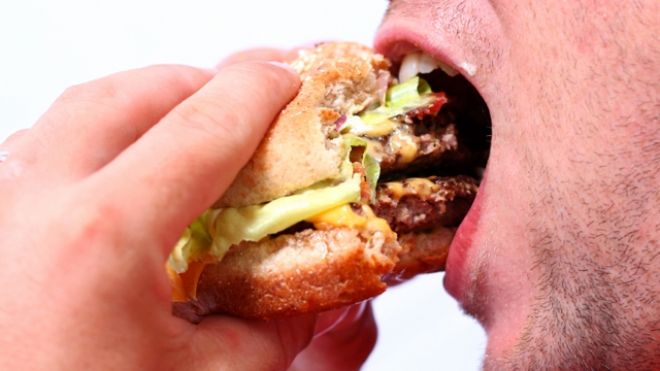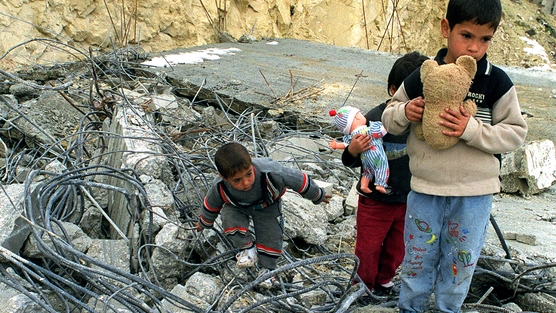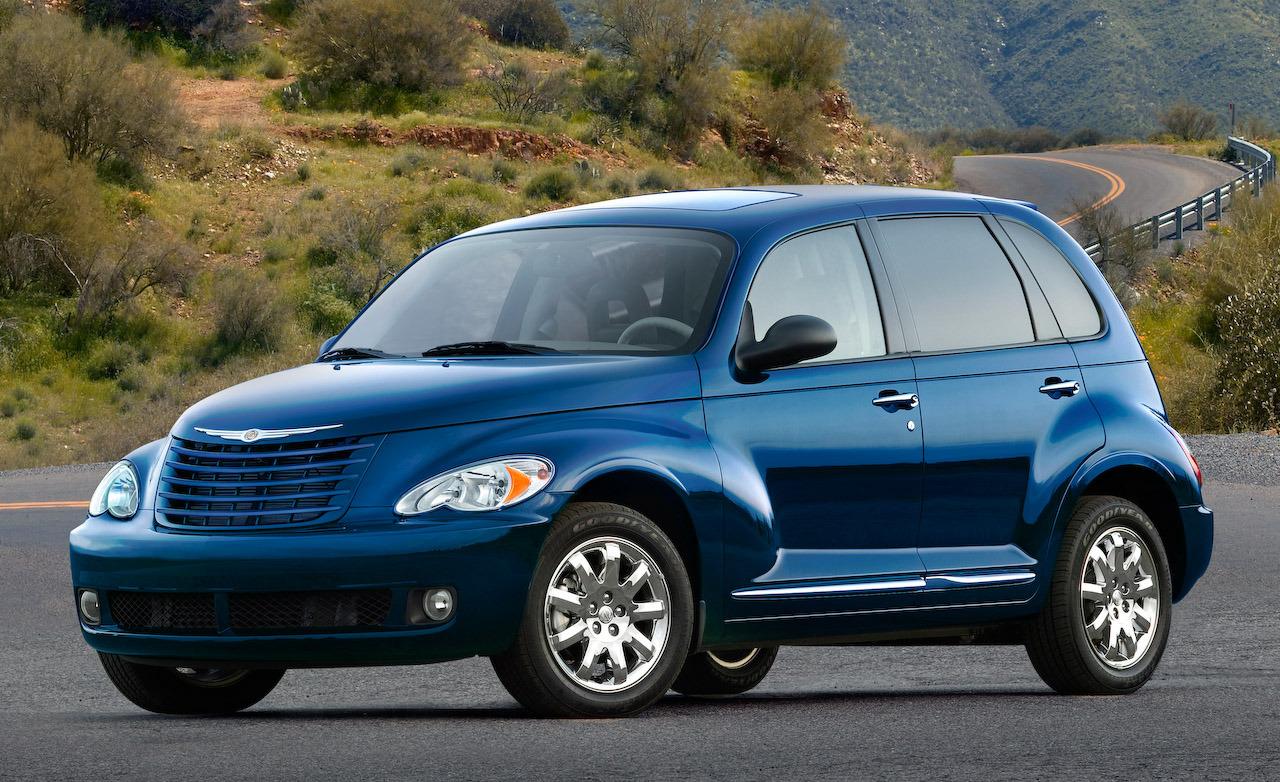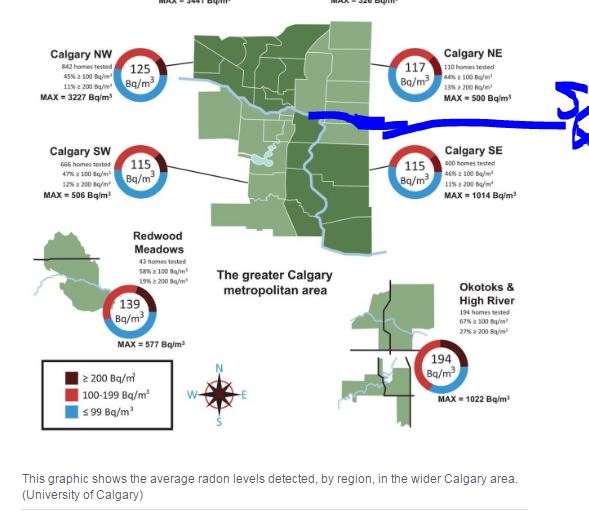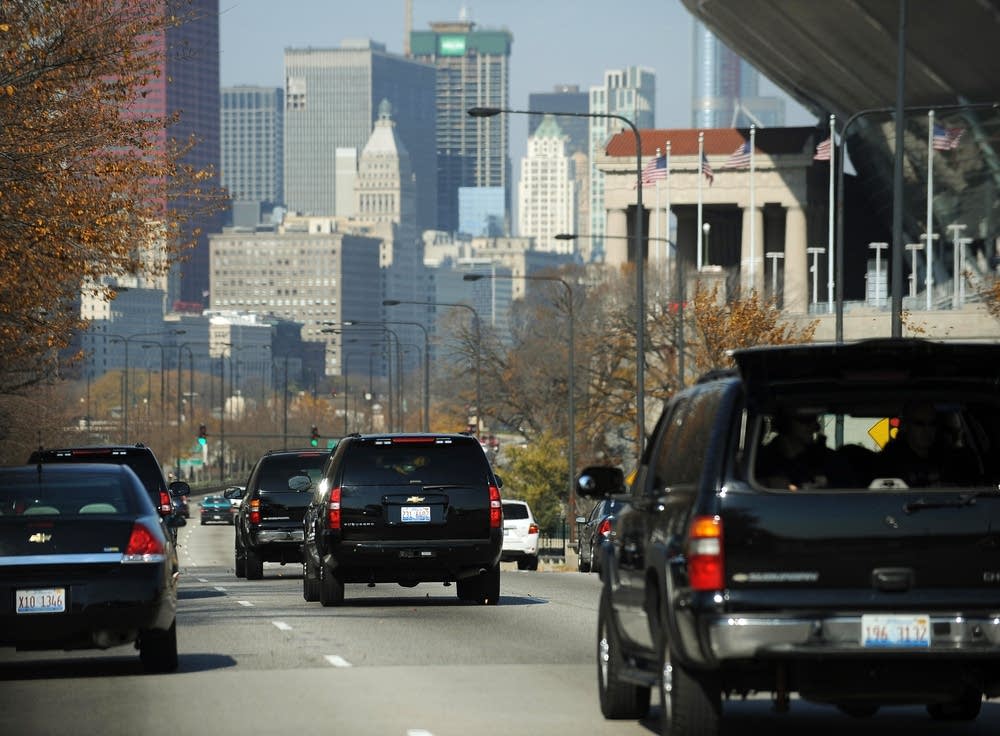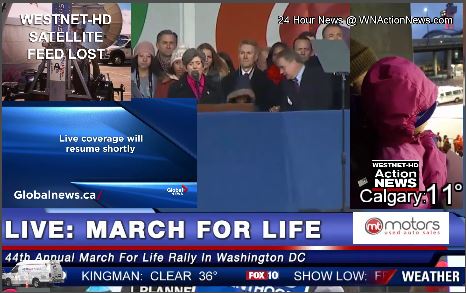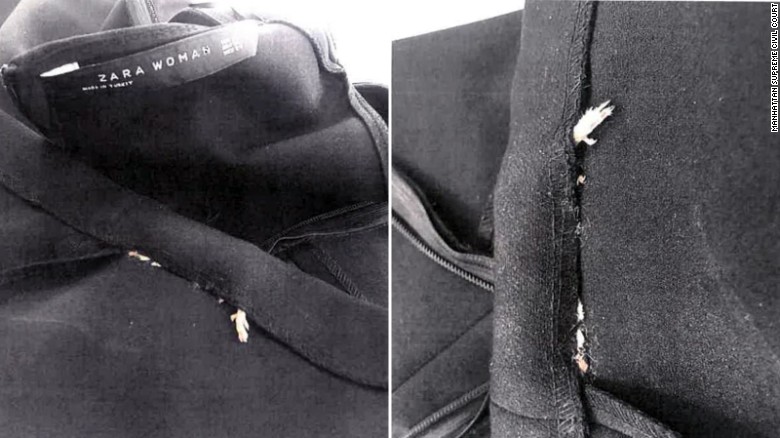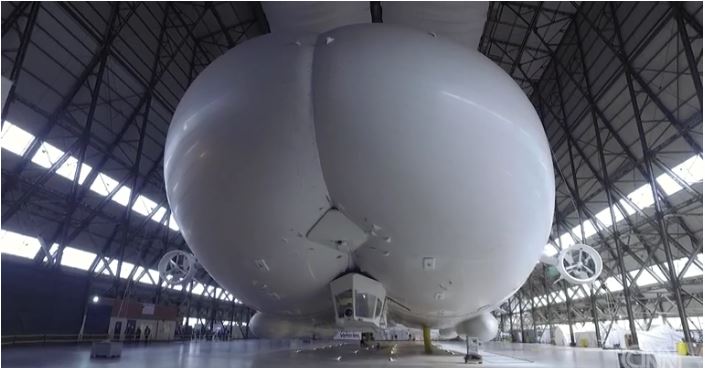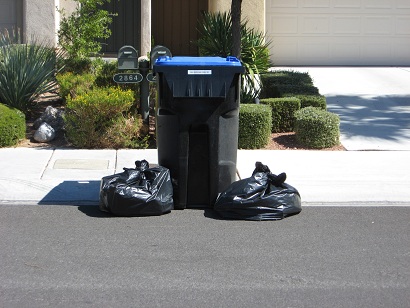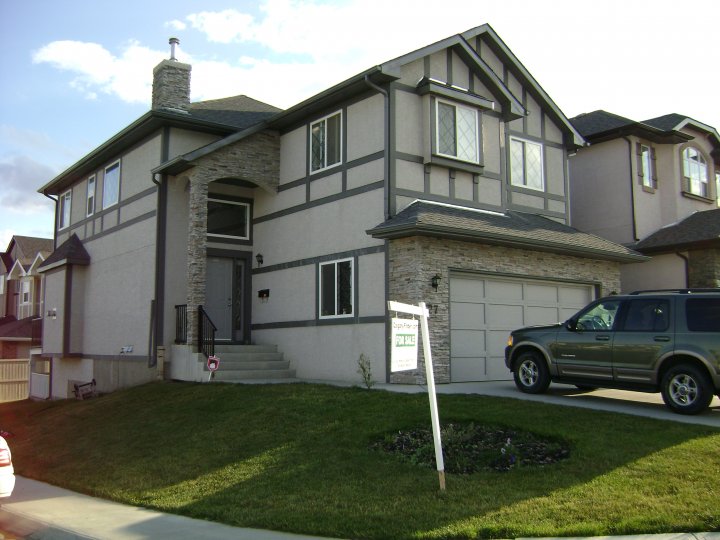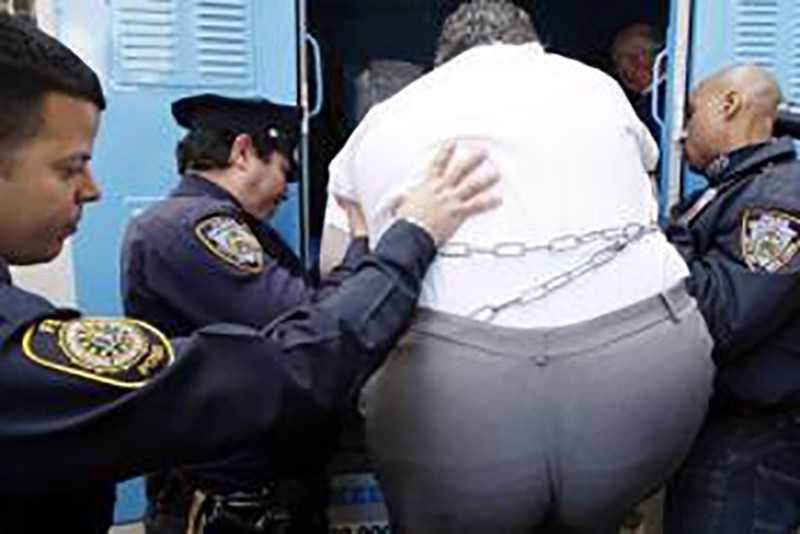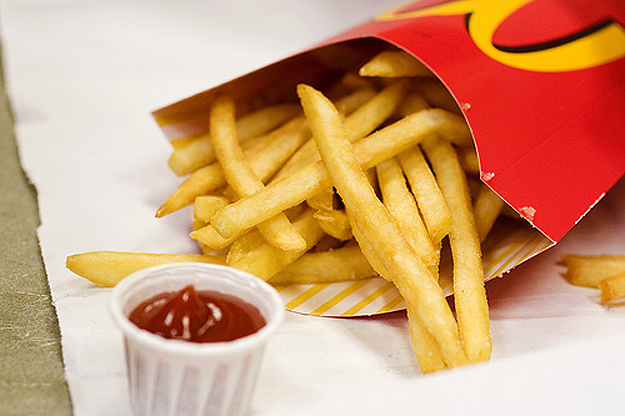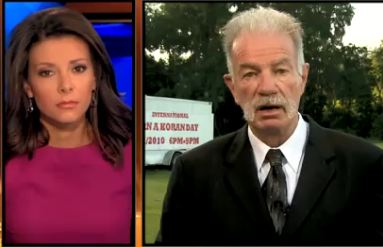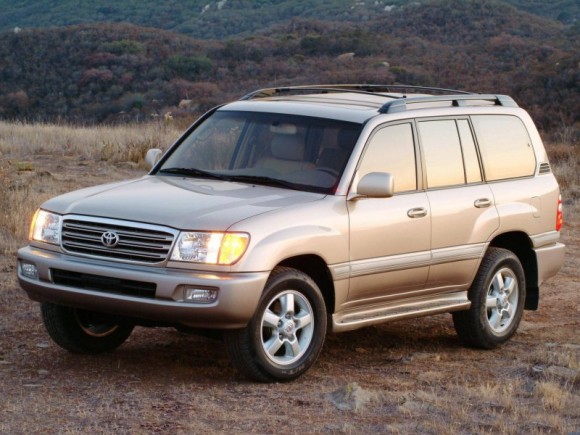Trump's 1st budget pitches spending cuts for social programs
Plan as proposed would see deficit rise to $603 billion before swinging to surplus in 2027
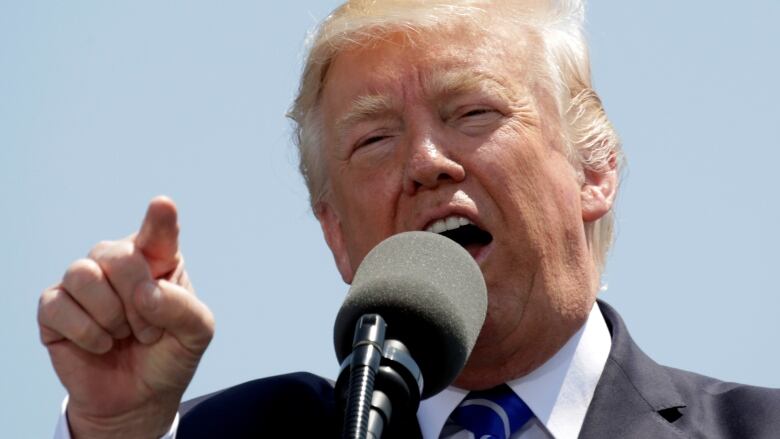
President Donald Trump on Tuesday sent Congress a $4.1 trillion federal spending plan that promises faster economic growth and steep cuts to programs for the poor in a bid to balance the government's books over the next decade.
The proposed 2018 budget immediately came under attack by Democrats, and even some GOP allies deemed it a non-starter. The proposal is laced with $3.6 trillion in cuts to domestic agencies, food stamps, Medicaid, highway funding, crop insurance and medical research, among others.
At the same time, the blueprint boosts spending on the military by tens of billions and calls for $2.6 billion for a border wall with Mexico that Trump repeatedly promised voters the U.S. neighbor would finance.
Budget experts, Democrats and Republicans challenged the economic assumptions of the White House and Budget Director MickMulvaney.
During the campaign, Trump attacked the weak economic growth of theBarackObamayears, and pledged that his economic program would boost growth from thelacklustre2 per cent rates seen since the recovery began in mid-2009.
Trump's new budget is based on sustained growth above 3 per cent, sharply higher than the expectations of most private economists. Without more than $2 trillion in such "economic feedback" over the coming decade, the budget would never reach balance and would run a deficit of almost $500 billion.
"Three percent, I'm not seeing how you get there mathematically," said South Carolina Republican Mark Sanford. "I think realism in the way we forecast numbers is part and parcel to a constructive budget process."
The proposal projects that this year's federal deficit will rise to $603 billion, up from the actual deficit of $585 billion last year. But the document says if Trump's initiatives are adopted the deficit will start declining and actually reach a small surplus of $16 billion in 2027.
However, that goal depends not only on the growth projections that most economists view as overly optimistic but also a variety of accounting gimmicks, including an almost $600 billion peace dividend from winding down overseas military operations.
The government hasn't run a surplus since 2001, and deficits spiked during former PresidentBarackObama'sfirst term in the aftermath of the Great Recession.
"Through streamlined government, we will drive an economic boom that raises incomes and expands job opportunities for all Americans," Trump said in his budget message. His budget is titled, "The New Foundation for American Greatness."
Democrats had an opposite interpretation.
"In the America of President Trump's budget, children, working families, seniors and people with disabilities will be 'fined,' while the wealthiest Americans will get a 'bonus.' What's so 'great' about that America?" asked Sen. DickDurbinof Illinois.
Winners and losers
The budget proposal calls for an increase for the Veterans Administration, including $29 billion over the next decade for the Choice program. The program allows veterans to seek outside medical care from private doctors.
And the budget also proposes to cap jury awards in medical malpractice lawsuits.
On energy, the proposed document suggests selling off half of America's strategic petroleum reserve, in a bid to raise funds. The proposal would alsoopen Alaska's Arctic National Wildlife Refuge to oil and gas drilling, where it is now prohibited. That move is expected to bring in $400 million by 2022.
Food stamp cuts would also save money by drivingmillions from the program, while a wave of Medicaid cuts could deny nursing home care to millions of elderly poor people.
"Isn't it reasonable to at least ask the question, 'Are there people on that program who shouldn't be on there?'"Mulvaneyasked.
The budget does feature a handful of domestic initiatives, including a six-week paid parental leave program championed by Trump's daughter,Ivanka. Some $200 billion in federal infrastructure investments are promised to leverage another $800 billion in private investment.
Trump would keep campaign pledges to leave core Medicare and Social Security benefits for the elderly alone, but that would translate into even deeper cuts in programs for the poor such as Medicaid and food stamps.
Medicaid, the government insurance program for the poor and many disabled Americans, would be cut bymore than $600 billion over 10 years by capping payments to states and giving governors more flexibility to manage their rosters of Medicaid recipients.
Those cuts go on top of the repeal ofObamacare'sexpansion of the program to 14 million people and amount to, by decade's end, an almost 25 per cent cut from present projections.
Likewise, a 10-year, $191 billion reduction in food stamps almost 30 per cent far exceeds prior proposals by Capitol Hill Republicans. The food stamp program serves about 42 million people.
"These cuts that are being proposed aredraconian," said veteran Kentucky Repubican Harold Rogers said. "They're not mere shavings, they're deep, deep cuts."
Other cuts inTrump's budget include reductions in pension benefits for federal workers, in part by requiring employees to make higher contributions. In agriculture, the proposed budget would limit subsidies to farmers, including for purchasing crop insurance, a move already attacked by farm state lawmakers.
On taxes, Trump promises an overhaul thatwould cut tax rates but rely on economic growth and erasing tax breaks to avoid adding to the deficit. There would be three tax brackets 10 per cent, 25 per cent and 35 per cent instead of the current seven, and there's a promise to lower the corporate tax rate to 15 percent.
But the budget has virtually no detail to prove it would deliver on Trump's promise for "massive" tax cuts.
With files from CBC News




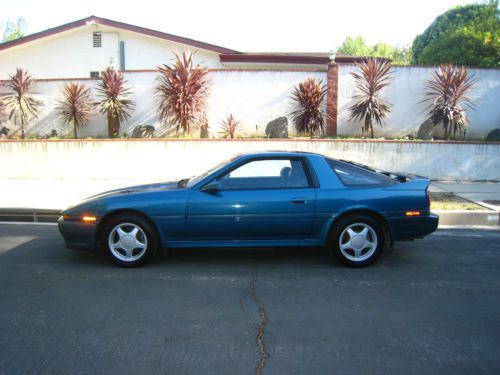
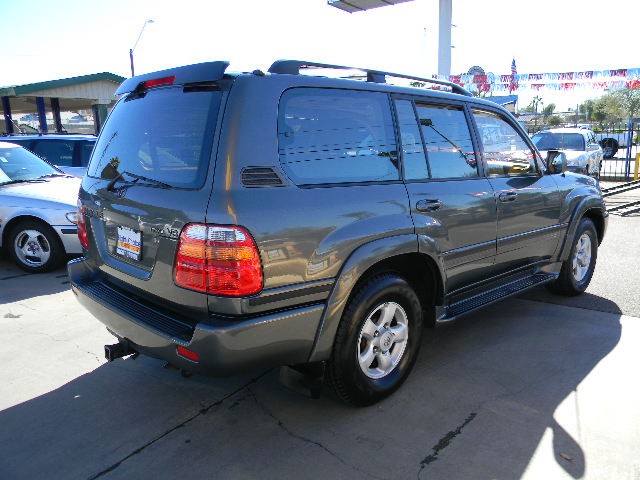
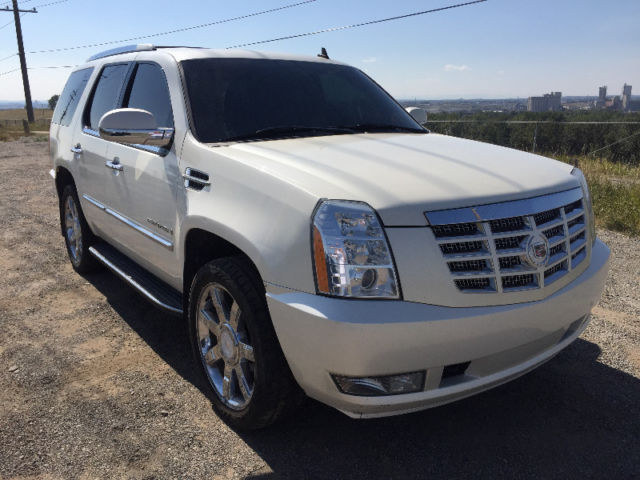





_(720p).jpg)


 OFFICIAL HD MUSIC VIDEO.jpg)
.jpg)




